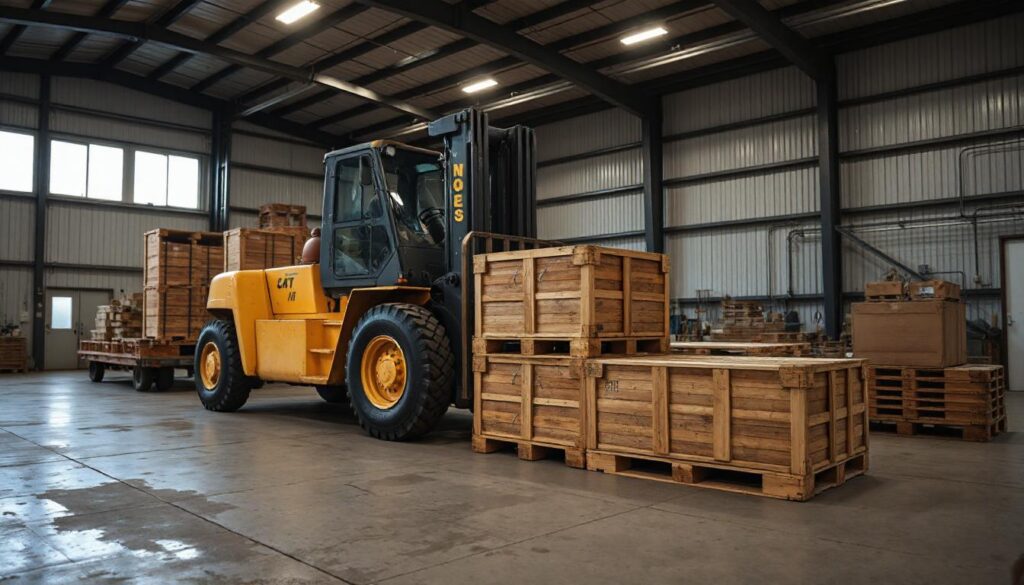
Why Proper Packing Is Crucial for Hazardous Materials
Transporting hazardous materials involves unique challenges that require strict safety measures. Packing hazardous materials correctly minimizes risks to personnel, the environment, and the cargo itself. Moreover, adhering to industry regulations ensures that hazardous goods are handled responsibly, preventing accidents and protecting the reputation of the business.
Best Practices for Packing Dangerous Goods

Best Practices for Packing Hazardous Materials
To ensure safety and compliance, businesses must adopt the following hazardous material packaging practices:
- Use Certified Materials
Containers used for hazardous materials must meet regulatory standards, such as those established by the DOT (Department of Transportation) or IATA (International Air Transport Association). For instance, UN-certified drums or boxes provide the necessary strength and durability. - Label Clearly
Proper labeling is essential for identifying the nature of the materials being transported. Labels should indicate hazards, such as flammability or toxicity, and comply with international standards, including the Globally Harmonized System (GHS). - Provide Secondary Containment
Secondary containment systems, such as absorbent liners or sealed outer containers, prevent leaks or spills in case of primary packaging failure. For example, chemicals transported in glass bottles should be placed inside spill-resistant secondary packaging. - Train Personnel
Employees handling hazardous goods must be trained in proper packing and transport procedures. This ensures that everyone involved understands the risks and knows how to mitigate them effectively.
Benefits of Adhering to Packing Standards
Following best practices for packing hazardous materials delivers multiple benefits for businesses and stakeholders:
- Increased Safety
Proper packaging reduces the risk of accidents during handling and transit, protecting both workers and the environment. - Regulatory Compliance
Adhering to safety standards avoids fines, legal complications, and shipment delays caused by non-compliance. - Reputation Protection
Businesses that consistently prioritize safety demonstrate reliability and responsibility to their clients, enhancing their credibility.
Real-Life Applications of Hazardous Material Packaging
Case Study: A Chemical Manufacturer
A manufacturer of industrial chemicals adopted secure packaging for dangerous goods, including UN-certified drums and absorbent liners. By implementing these practices, the company reduced spill incidents during transit by 40%, ensuring safer deliveries and fewer disruptions.
Case Study: A Pharmaceutical Company
A pharmaceutical firm shipping sensitive chemical compounds implemented secondary containment systems for liquid products. This approach prevented leaks during international transport, protecting the cargo and meeting regulatory standards.
Tips for Ensuring Safe Packing of Hazardous Materials
- Conduct Risk Assessments
Evaluate potential hazards for each type of material to determine the most suitable packaging solutions. - Stay Updated on Regulations
Regularly review international and local safety regulations to ensure your packaging methods remain compliant. - Use Technology for Monitoring
Incorporate tools like temperature sensors or spill detection systems to enhance the safety of safe transport for chemicals.
Conclusion
Packing hazardous materials correctly is critical for ensuring safety, regulatory compliance, and operational efficiency. By following best practices, businesses can protect their employees, the environment, and their reputation.
Contact us today to learn more about our compliant hazardous material packing solutions and how we can support your safety needs!




